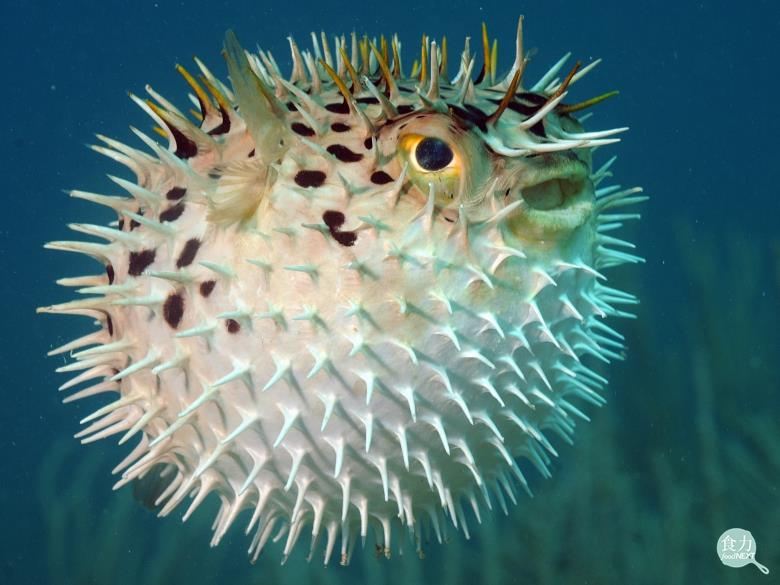- Joined
- Aug 8, 2008
- Messages
- 6,070
- Points
- 83




http://tech.sina.com.cn/d/f/2018-05-29/doc-ihcffhsu6057180.shtml
吃河豚中毒常令误食者瞬间死亡 将有药可救
2018年05月29日 00:48 新浪科技综合
来源:科技日报
科技日报天津5月28日电 (记者孙玉松 通讯员吴军辉)记者28日从南开大学获悉,该校药物化学生物学国家重点实验室率领研究团队,利用猴子单倍体神经干细胞成功“破译”了河豚毒素的两个靶点基因,并通过基因敲除试验,让神经类细胞获得了河豚毒素抗药性,这一研究将使河豚中毒者“有药可救”,相关成果在最新一期干细胞与神经发育领域学术期刊《Development》上在线发表。
河豚美味,然而河豚毒素却奇毒无比,常令误食者瞬间死亡,其作用靶点和毒理机制迄今不为人知。既有研究认为,河豚毒素是一类神经类毒素,其毒理可能为使神经细胞内的钠钾离子通道受阻进而起到毒害作用。那么,能否利用猴子单倍体神经干细胞来筛查河豚毒素对神经系统的“作用点”呢?
率领团队反向出发,借助近年来新兴的单倍体细胞工具培养技术,通过采取初始态多能性培养体系,使猴子单倍体胚胎干细胞具有更好的单倍体维持和体外分化过程中的细胞存活能力,并在世界范围内首次获得了具有体外增殖能力的猴子单倍体神经干细胞。实验中,科研人员随即将所获得的猴子单倍体神经干细胞进行高通量的全基因组随机突变,并将突变后的细胞系进行河豚毒素毒杀实验。最终,通过生物信息学分析和基因编辑实验证实,河豚毒素的关键靶点基因为B4GALT6和SCN5A。从遗传学的角度,由于直接找到了具体行使毒性功能的功能基因,理论上只要将这些靶点基因敲除,神经类细胞便可获得河豚毒素的抗药性。
据介绍,由于猴子等灵长类动物和人类基因相似度非常高。对于人类而言,找到靶点基因就可以通过服用基因抑制剂起到解毒作用。这也意味着,不久的将来,中了河豚毒的人将不再无药可救。
Eating puffer fish poisoning often causes instant death of the wrong-eater and there will be medicine to save
May 29, 2018 00:48 Sina Technology Integration
Source: Science and Technology Daily
Science and Technology Daily, Tianjin, May 28 (Reporter Sun Yusong's correspondent Wu Junhui) The reporter learned from Nankai University on the 28th that the State Key Laboratory of Pharmaceutical Chemistry of the University led a research team to use monkey haploid neural stem cells to successfully “decipher” the puffer fish The two target genes of the toxin, and through the gene knock-out test, allow neurogenic cells to obtain tetrodotoxin resistance. This study will enable puffer fish poisoners to “have medicine to save”, and the related results are in the latest issue of stem cells and nerves. The developmental academic journal Development is published online.
The puffer fish is delicious, however, tetrodotoxin is extremely poisonous, often causing instant eater deaths. Its target and toxicological mechanism have not been known so far. According to existing studies, tetrodotoxin is a neurotoxin, and its toxicological effects may be poisoning by blocking the sodium and potassium channels in nerve cells. So, can we use monkey haploid neural stem cells to screen the "point of action" of tetrodotoxin on the nervous system?
The team led the team in the reverse direction, and with the help of the new haploid cell tool culture technology in recent years, the haploid embryonic stem cells of monkeys have better haploid maintenance and in vitro differentiation process by adopting an initial state pluripotent culture system. Cell viability, and the first time in the world to obtain monkey haploid neural stem cells with in vitro proliferation ability. In the experiment, the researchers immediately obtained monkey haploid neural stem cells for high-throughput, whole-genome random mutagenesis, and the mutated cell lines were tested for tetrodotoxin toxicity. Finally, bioinformatics analysis and gene editing experiments confirmed that the key target genes for tetrodotoxin were B4GALT6 and SCN5A. From the perspective of genetics, as the specific functional genes that specifically perform toxic functions are directly found, theoretically, as long as these target genes are knocked out, neuron-like cells can acquire tetrodotoxin resistance.
According to reports, the similarity between primates and humans in monkeys is very high. For humans, finding target genes can be detoxification by taking genetic inhibitors. This also means that in the not-too-distant future, people who have poisoned puffer fish will no longer be incurable.
